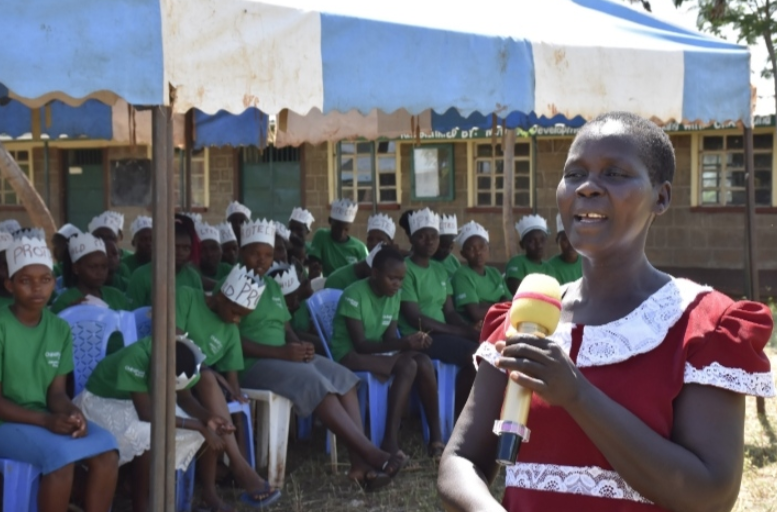Reformed FGM crusader knifes over 600 girls, witnesses three deaths
By ANN NYATHIRA, February 6, 2020At age 12, the now 47 years old Sara Kanjira was a respected female genital mutilator in her village.
Kanjira, a class two drop out was born in a poor family that practiced and revered the female genital mutilation practices.
At only age 10, she was subjected to FGM and had no knowledge of the practice and its implications at the time when she was cut.
“I was trained to be a cutter two years after undergoing FGM, and four years later, I offered the services to the villagers before deciding to quit.
Although it was a respected job with a decent income, I would never do it again. I always regret what I did to those girls even today, if I had the kind of information I know today I would not have agreed to it,” says Kanjira.
Kanjira notes having enjoyed the job during the four years she offered the highly needed service.
For her being the one that would initiate the girls into adulthood provided her with immense pleasure.
According to her, she has knifed over 600 girls and witnessed three die due to complications.
“The circumcision season was always a joyful moment, and my work was just to perform the act, it was the duty of the mother to nurse the wound.
I did not use any clinical medicine; I would just cut the clitoris and then pour some liquid herbal medicine and leave, the rest was up to the girl’s family to ensure the heals properly,” narrate Kanjira.
The work, she acknowledges, is grueling especially since she was still young, frightened young girls would normally sit naked; once done, their excised clitorises would be thrown to the birds.
“I would circumcise girls from age ten and above and all along I always thought that what I was doing to them was good. I still continued to hurt these young girls until some church people helped understand the damage I was doing to these girls at a tender age,” recalls Kanjira.
Kanjira says the knowledge of the negative impact of her actions broke her heart forcing her to abandon the practice.
“I realized the practice had no impact on a girl’s life if anything I was just harming the girls besides. Besides, I was too young to be harming girls who were no younger than me; I was equally as traumatized by the practice,” says Kanjira.
Now an anti-FGM campaigner, Kanjira says the practice is carried out for a number of misguided cultural, religious and social reasons sometimes in the mistaken belief it benefits girls in some way.
She adds in severe cases girls can die from blood loss or infection, while later in life victims are twice as likely to die from childbirth and four times as likely to give birth to a stillborn child.
“Most parents would force their daughters to have the cut, the atrocious practice had been passed down from generation to another. The girls did not have a choice and their parents especially the mothers did not have it either. The pressure comes from other members of the community; they are left with no other option. It’s was the only way they knew how to create a better future for them so they can get married,” narrate Kanjira.
Today, the mother of six children with five girls says she gets upset thinking about the practice. She refused to have her daughters circumcised after she came to understand how a harmful practice was.
“All along we were conditioned to believe circumcision was a beautiful journey that introduces a girl into womanhood, it was something that was celebrated by the community but if you give it a critical look, you will notice that it put the girl in different levels of danger,” says Kanjira.
Kanjira note girls as young as 10 years would drop out of school in order to undergo the cut and then get married since mutilated girls were considered “ripe” as opposed to the uncut girls who were referred to “raw”.
“Having undergone the mutilation, I can assure you that FGM is painful and adds no value if anything it robs and harm. I did not mutilate my daughters and will not let them do it to their daughters. I recall after quitting some people came begging me not to abandon the practice since there were few people who knew how to perform the cut but I took my stand and refused to go back t the old habits, “says Kanjira.
